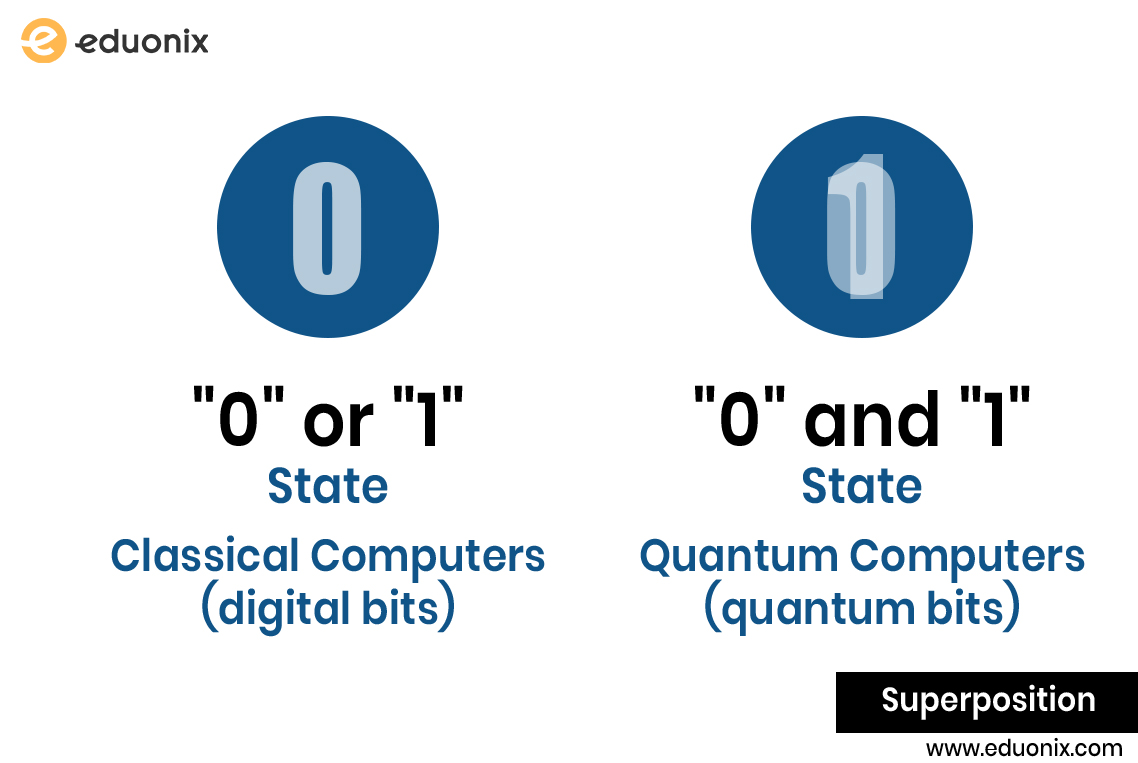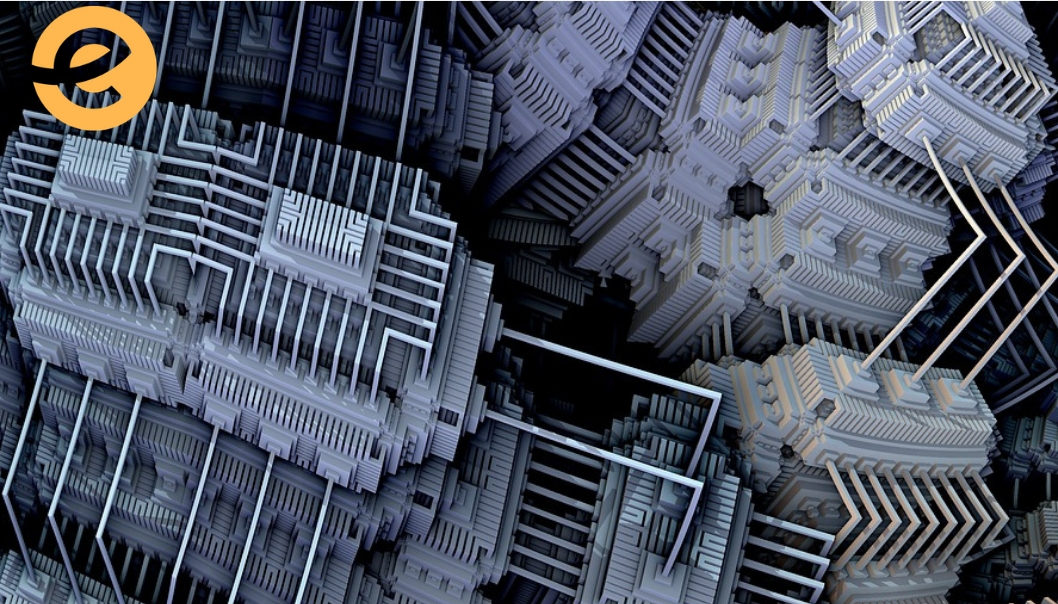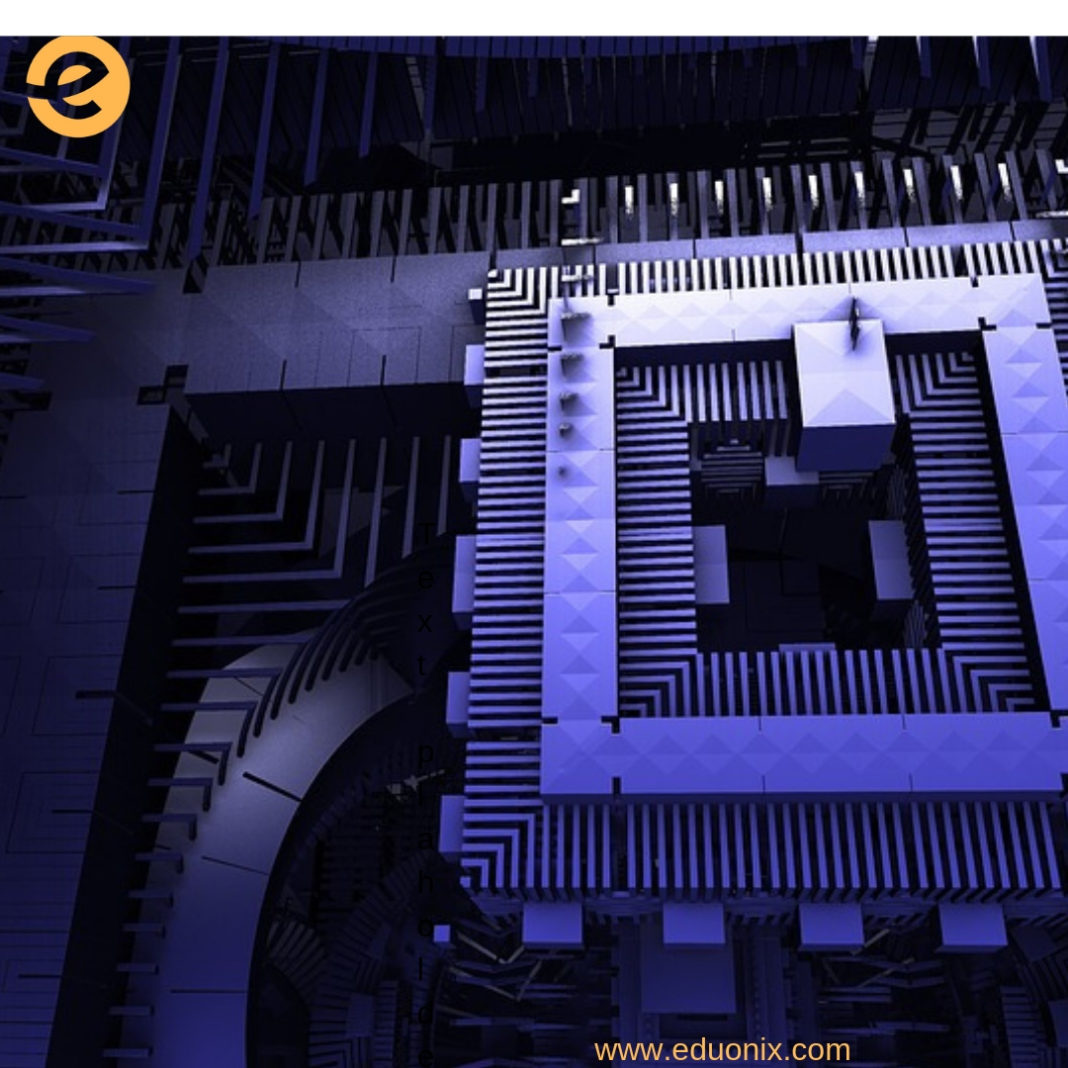With advancements in technology, the computing experience is moving towards a new wave called ‘quantum computing’. Quantum computers represent an advance way to process information as compared to classical computers. Let us have an in-depth view of quantum computing and its rise.
How Quantum Computers came into existence?
The name ‘quantum’ derived from the age-old application of fundamental physics that describes the nature of smallest scales of energy levels of atomic and subatomic particles known as ‘quanta’.In 1930s, Alan Turing, an English mathematician, built a mathematical portrait of computer known as ‘universal computer’. According to the portrait, a universal computer was able to comport itself to any other computer. Based on his theoretical work, the importance of the quantum theory of computing was realized by the British physicist David Deutsch. Deutsch highlighted the limitations of Turing’s universal computer theory. He stated that, as Turing was working with classical physics, his universal computer lacked the ‘universal’ origins completely. On 8th July 1985, Deutsch designed his own universal computer that was based on quantum physics. This revised computer exhibited calculating powers that surpassed Turing’s classical computer, even in theory.
Apart from Deutsch, American physicists, Paul Benioff and Richard Feynman, and Soviet physicist Yuri Manin played an important role in developing the quantum theory.
How are Quantum computers different from Classical Computers?
Classical computers encode information in bits that takes the value of 1 or 0. On the other hand, quantum computers encode information based on qubits. Qubits are basically quantum-bits that process information in the form of both 1 and 0 at the same time, as explained by Prof Lloyd. These qubits take a state of superposition and entanglement in their placement.
What is Superposition?
In Quantum theory, the quantum particles can work alternatively i.e. they have the quality of being at two places at once. This position of the particles is known as ‘superposition’.
What is Entanglement?
When qubits in a superposition correlate each other, they are said to be ‘entangled’ or are in a state of ‘entanglement’. Entanglement allows monitoring of a number of particles through one single particle.

These two positions together enable quantum computers to tackle complex problems that classical computers fall short of. Quantum computers are also capable of running four calculation at the same time by adding extra qubits. A 1,000-qubit device is capable of processing an infinite number of calculations at a time.
Why choose Quantum Computers over Classical ones?
Classical computers are undoubtedly one of the most spectacular technology innovations, yet their scope is limited when it comes to solving difficult problems or perform complex calculations. To overcome this, researchers are emerging quantum technology. Let us know the difference in detail:
1. Conventional computers are basically digital devices that work on classical computing principles and properties. While, quantum computers are quantum devices that work on quantum principles and properties, namely superposition and entanglement.
2. Classical computers function on bits to code information that is in the form of 1 or 0. While quantum computers work on qubits that are in the form of superposition of the states i.e. 1s and 0s. The qubits present in the superpositions are said to be entangled with other qubits influencing them. The count of computational operations on qubits are more than the number of bits count in a classical computer. Additionally, adding an extra qubit possibly doubles up the count of qubits of a quantum computer. This would explain the significance of a 50-qubit device over a 5-qubit one. However, the availability of superpositions is not an advantage over classical computing (discussed later).
3. The mechanics of quantum computers create a ‘resource’ for computation. This enables the device to perform intricate tasks with great speed. As classical mechanics lack the ‘resource’, they fail to carry out massive calculations.
Drawbacks of Quantum Computing
Though fast and more efficient than classical computers, quantum computing has its own set of drawbacks, those are:
1. To carry out quantum computing, all the qubits must coherent internally. When quantum computers interact with their surroundings, the coherence leaks out rapidly in a process called as decoherence. The user of a quantum device can avoid decoherence only for a fraction of second. The challenge to the user increases with the number of qubits and its interactions with the surroundings. Thus, this is the explanation of why quantum computing has still not found its way in the market.
2. As the quantum computing emits high temperatures of heat, qubits face random fluctuations leading to a state of ‘derailing’ the calculation. Also, certain fundamental quantum-mechanical processes can lead to fluctuations in the qubits as well.
3. Another setback to quantum computing is the large intensity of noise that it creates while making a calculation. Researches have worked out strategies to deal with the noise but however, all the computing power of the device is used in correcting errors instead of running the device.
4. Defining the position of qubits is another challenge that arises in quantum computing. If you try to measure a qubit’s value, the superposition comes down to 1 or 0 which is not its true position. In such a scenario, you cannot find out where the error has occurred as you cannot define the state of each qubit.
5. As the position of one single qubit is non-definable, one needs to find a ‘logical qubit’ to find the error. The logical qubit can be derived by understanding the positions of many physical qubits together. How many? Alán Aspuru-Guzik, a quantum theorist from the Harvard University, claims that a logical qubit would need around 10,000 of physical qubits. This is, in reality, an impractical number to attain. Aspuru-Guzik further adds that the number would come down to thousands or even hundreds in the long run. Even then, the number seems pretty unattainable and we would have to find alternative ways for coping with the error.

Living with the Errors
Although there are few limitations to quantum computing, researchers at IBM are developing schemes for figuring out mathematically the error that could be occurred. They are working on ways to make quantum computing error-free as well as noise-free.
However, there are some researchers who think otherwise. Mathematician Gil Kalai of the Hebrew University of Jerusalem in Israel, believes “The task of creating quantum error-correcting codes is harder than the task of demonstrating quantum supremacy. Devices without error correction are computationally very primitive, and primitive-based supremacy is not possible” to simplify, he states that quantum computers have a limited scope compared to classical computers until they are completely error-free. Other researchers believe the problem would be tackled with time.
Future of Quantum Computers
Anticipating the power of quantum computing, Google, Intel, IBM, venture capitalists, and start-ups are in the process of creating the next generation quantum computers to help us solve intricate problems such as modeling complex chemical processes and more. Thousands of people are looking forward to involving in the quantum supremacy that promises to crunch sums of classical computers into a single computing experience.
If you believe that the future lies in the Quantum Computers then do comment your views in the comment section.
Keep Exploring & Keep Learning!



